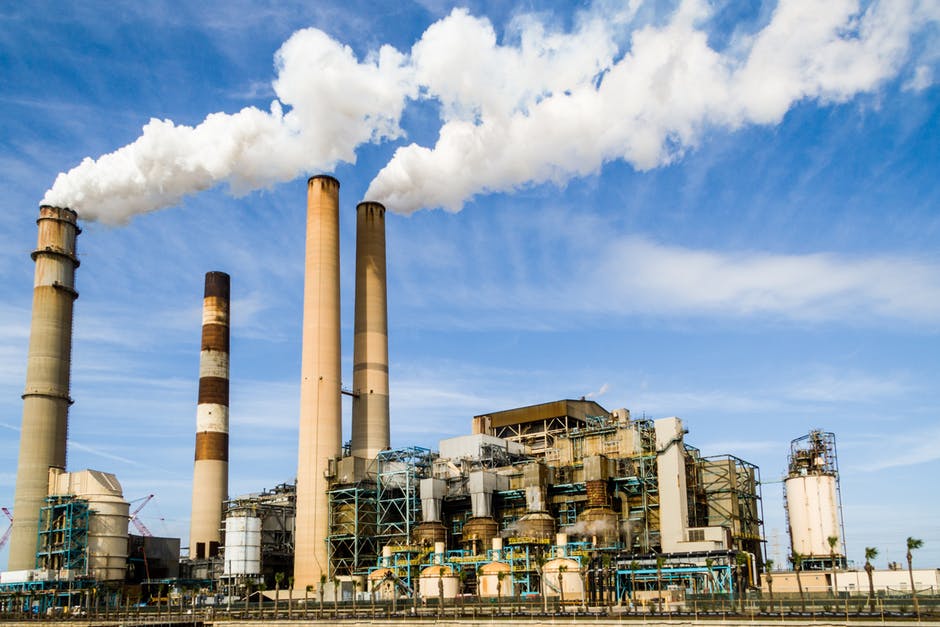Nov 18th 2017
Common Sources of Indoor Air Pollution, Part Two
As you may already know, the indoor air quality of your workplace or manufacturing facility can have a major impact on the health and productivity of your employees. In our last blog, we looked at common sources to indoor air pollution including building site location, design, and maintenance. In part two of this series, we’ll take a look at common indoor air pollutants that could have a negative impact on your indoor air quality.
If you need help choosing the best clean air solution for your facility, contact the professionals at Bisco Enterprise today. With more than 40 years of experience in the industry, we specialize in a variety of industrial and manufacturing applications. Check out our impressive line of clean air systems including dust collectors, mist collectors, and more today!
Common Indoor Pollutants
While there are several different types of indoor air pollutants that can spread through your facility, they typically fall into three basic categories: biological, chemical, and particle. Let’s take a closer look at each of these below.
Biological Pollutants

There are many different sources of biological pollutants including bacteria, mold, mildew, viruses, animal dander, fungi, house dust, mites, and more. Infectious diseases can be brought on by the exposure of these harmful bacteria in the workplace. If your facility is crowded and offers poor ventilation, the spread of these illnesses can occur quickly. Some biological contaminants trigger allergic reactions, including:
- Hypersensitivity pneumonitis
- Allergic rhinitis
- Different types of asthma
With the help of general housekeeping and maintenance, there are certain things you can do to reduce the exposure of biological contaminants in your workplace. If you’ve noticed mold growth around your facility, try to maintain a relative humidity between 30 and 60 percent.
Chemical Pollutants
Chemical pollutants can have a negative effect on the air quality in your workplace as well as on the health of your employees. Some common sources of chemical pollutants like gases and vapors include emissions from products used in the facility, pesticides, accidental spills of chemicals, carbon monoxide, nitrogen dioxide, and adhesives, among others.
Particle Pollutants
The last pollutant category we’ll look at is particle pollutants. These are particles that may be either solid or liquid and light enough to be suspended in air. Particles can also be produced by various activities such as construction, sanding, wood, printing, copying, or operating heavy equipment.
Indoor Air Pollution Prevention & Control
If you’re concerned that biological, chemical or particle pollutants may be fogging up the clean air in your facility, there are certain methods you can use to identify the pollutant sources.
- Evaluate your HVAC system’s performance and filters
- Observe your current production processes and work practices
- Measure the current contamination levels and employee exposure
In order to prevent your facility’s indoor air quality from being compromised, your building manager should have a thorough understanding of the history of your building. If possible, owners and managers should try to obtain blueprints and construction documentation, including paperwork from renovations in the past. Some other important practices that OSHA recommends to include are:
- Ensure that your building is maintained under a slight positive pressure (for example, air comes out of the building when exterior doors are open).
- Carefully inspect and assess the building envelope, including the roof, walls, and foundation to identify any potential problems.
- Routinely check the building for water leaks and any visible, damp, or moist parts of the building.
- Make sure the temperature and humidity are maintained in a recommended comfort range.
- Make sure your current HVAC system has been maintained by a professional.
- Monitor the carbon dioxide levels in your building. This can be an indication of the effectiveness of your current ventilation system.
At Bisco Enterprise, we understand how important the indoor air quality of your facility is to your operation and employees. From biological pollutants to chemical and particle pollutants, there are many minuscule hazards that can have a tremendous effect on your shop. That’s why we’ve developed an effective line of clean air systems including dust collectors, mist collectors, fume collectors, vacuum systems, and more. If you’re having a difficult time measuring the air quality inside your facility, or you’re interested in purchasing new air filters for your system, contact our experts today!

